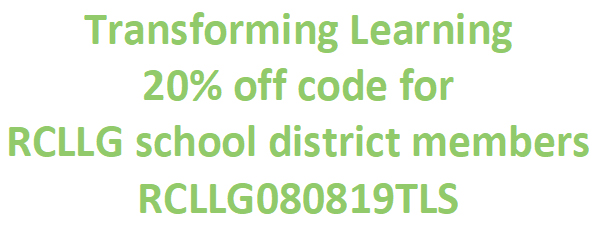Local officials have spent the past year digesting the details of the federal government’s State and Local Cybersecurity Grant Program (SLCGP). In fiscal year 2023, the U.S. Department of Homeland Security (DHS) is providing $374.9 million to address cybersecurity risks and threats to information systems owned, operated by, or on behalf of state, local, tribal and territorial governments.
Since the program’s inception, there has been much debate in the local government community about the effect federal funding will have on local cyber initiatives. While the funding impact is limited (because of the number of organizations eligible for grants), it is helping to forge a stronger bond, in terms of communications, and information and resource sharing, between all levels of government while helping to build up our cyber defenses.
The federal SLCGP program is just one of the tools available to local officials in the cybersecurity toolbox. Consider how StateRamp, a national non-profit organization that adopt policies and procedures that standardize security requirements for providers to the public sector, and MS-ISAC, designed to serve as the central cybersecurity resource for the nation’s state and local and tribal governments can be utilized by your organization.
Today, no technology article, report, or discussion would be complete without a mention of Generative AI. Local governments are utilizing AI to deliver services to the public, as a tool to make their enterprises more secure, and exploring a variety of potential uses that would improve government operations. As we utilize and explore AI, what are the risks we need to be aware of? What are the possible rewards? And how do we ensure that local government employees understand the impact of how they use AI?
Perhaps most important, as we consider AI and cybersecurity, is the question, “How can AI be applied to bolster our cyber defenses?”
Local government IT executives are not only dealing with threats by outside actors, they are dealing with internal threats: The continuing need to educate employees on their role in securing the organization, coping with often limited budgets and lack of resources, and competition in terms of finding and keeping qualified cyber staff.
The good news is that there is hope! Numerous examples exist of successful vendor and partner engagement; there is increasing recognition by elected officials that cybersecurity is a priority, there is increased resource sharing between state and local government, and many organizations are implementing programs that promote crosstraining, internships, and other opportunities to improve the skills of our cyber workforce.
Thank you to the local government IT executives who participated in this survey, and more importantly, the thousands of local government IT and cyber professionals who are on the front lines of protecting our cities and counties in an increasingly aggressive cyber threat environment.
I would also like to thank Dale Bowen, Deputy Executive Director of PTI for his role in managing PTI research activities, and our colleagues with Fusion Learning Partners – PTI’s new home – for their enthusiastic support of PTI’s local government programs.
Sincerely,
Alan Shark | Executive Director













